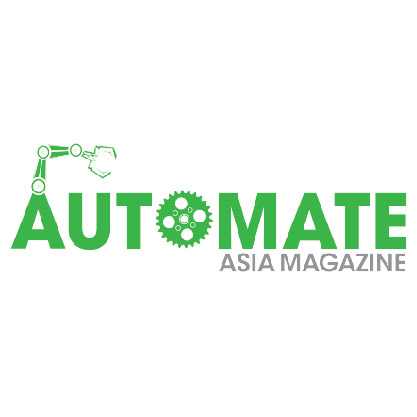Harnessing Automation’s Potential with Bosch Rexroth
- Automate Asia Magazine

- Jan 15, 2024
- 3 min read
An Interview with Michel Gunawan, President and CEO of Bosch Rexroth, ASEAN and Oceania

1. Bosch has been present in Malaysia since 1923 and contributed sales of around RM 583 million, share with us a little bit about Bosch’s background.
Bosch has been in Malaysia more than 100 years and divided in different business units, focusing on the industry automation. We have four factories and each belong to another division. These factories are brought in as a symbol of the occupation supply. In the future, we will have a big project coming with semiconductors in factory, which will be a chain factory with semicon production, and it’ll be ramping up for the upcoming 10 years.
2. Share a little bit on ctrlx AUTOMATION and how does it debunk the current misconceptions of automation?
The systems trying to lock the user or the machine builder inside of this ecosystem. We strongly believe that the automation concepts and the automation demand is rising. That’s why we open our platform for procreation. We provide the first step and assist you. The misconception here is the topic of really having less investment and efforts. It requires less high engineering efforts. It is in fact easy programming, flexible and easy to use. That’s the advantage of ctrlx AUTOMATION.
As control is not difficult to adopt and very modular. Whatever features that information process, designing will take less time because it is simple. At the end of the day, if you do a very simple automation system, you have to scale it up.

3. What’s your take on the narrative that automation requires high investment? Will it affect the industry players that try to dive into IR4.0?
It definitely depends on the process if the process required a lot of parts of metal, motion, and running systems. The cost may be pretty high, but in parallel, they are also single applications, which
could become a very good starting point to run business. For example, machine data collection. Is it related to illustrate?
Definitely yes. Right now, as the majority of the factories, machines are not really interconnected and interlinked. The control, which will collect the data, reprocess the data, and provide straightforward and simple visualization of the data on the production level. We’ll be able to talk in the production language and it will bring the value. This is where I don’t see any big investments required for the hardware. Our small devices capable to do that doesn’t require a lot of investments. Of course it’s not comparable with a cutting machine and bigger product line solution.
So that’s one of the points. Thanks to this model modularity, we have a big advantage, which you can start small. and You can scale it later on along the way. The key is just to start small. Your investment does not need to be high at the beginning.
4 What are the growing automation demands currently? Could you share with us and what’s your view on this?
All of the industries are adamant in flexible automation. It is basically to fit the concept, which means that we are able to produce one piece lot with the mass production. It requires flexible lines automation, and I think there is a demand on that solutions in the market.
A lot of the current automation is happening in the past traditionally, and the trend is moving to software. However, we can see in control that we are using a lot of software on how to integrate into this technology.
I will like to add that machines are getting more and more connected. Getting the data will be crucial as we need to understand where’s data come from and what can we do with the data. ctrlx AUTOMATION is one of the answer as we’re getting more transparency.
5. Share with us on Bosch Rexroth’ future projects and aims, say in the next 5 years?
I think the two topics that are very close to Bosch Rexroth is digitalization and sustainably. These are the two topics that we are really looking forward to the next five years. We are talking about semiconductors, electronics, fast moving consumer goods, medical devices and electrical vehicles.
We are also very much concerned on environment and also the climate. That’s why some plants are also fitted with solar panels for our green energy initiative. We want to make sure that all the things that we implemented is really proven so that we can give back to the industries.
People talk about the future of the factory but what do we mean by that? All the components that we are trying to produce, we think about how do we design the product and the material that are we using Automation is the answer when utility costs, labour and energy is going up. I’m happy to say that we are part of the story and we want to help the nation and the industry.





-01.jpg)



